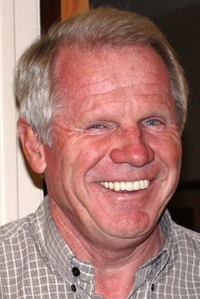
F. Leroy Pacheco, CEO, The Loan Fund
Kimberley Calvo relishes creativity. The former executive chef at Intel and UNM introduced healthy cuisine to employees and students before starting The Seasonal Palate, a catering company. While looking for a restaurant location to expand her business, Calvo realized that her business model could be just as creative as her cooking.
“It was going to be a small fortune,” she said about the cost of renting and equipping the building she was considering in the small town ofPlacitas. She also wondered if there were enough residents to support a full-time restaurant. “So instead of trying to bring them to me,” she said, “I would bring me to them.”









